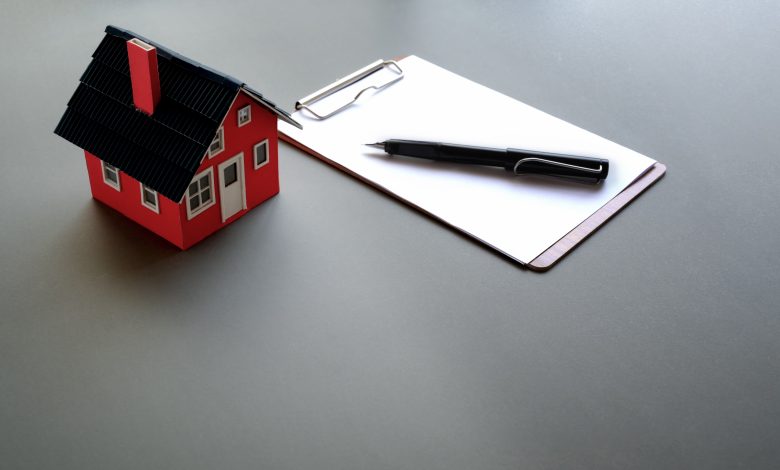
Lower interest rates are sought across loans and more so in home loans. The scope for interest payments is much greater in a home loan due to its longevity and average amount. A home loan is a long-term loan that goes for around 20 to 30 years approximately. The value of the loan amount can go up to 50 lakhs and you need to keep paying the interest for more than 20 years, according to your loan tenure. It will completely depend upon you, and the loan term you choose.
Choose the right loan tenure so that you can get a low rate of interest and also keep the right benchmark for paying interest. For a long-term loan like a home loan, the rate of interest should be chosen after a lot of consideration. Make sure you do not allow any kind of nuisance that prevails in the case of interest rates. There are two types of interest rates that are applicable on a home loan. It is different for various loan providers and you need to choose the right type of loan. Take a look at how the conversion takes place between the two types of rate of interest on a home loan. You should always aim for the best home loan interest rate.
What are the types of home loan interest rates?
A home loan interest rate is divided into two types-floating rate and fixed rate of interest. In the floating rate, the rates have various benchmarks as they are subject to various changes and variations. There are various floating rate benchmarks, like MCLR, RLLR, and the base interest rate. This is chargeable when you convert from one type of interest to another. So when you convert your rate of interest from floating to fixed, you are charged, and you will also be charged when you change or shift within different benchmarks of floating interest rate. In a fixed rate of interest, there is one fixed amount and there is no conversion within with no benchmark or categories. Here, the charges will be explained that will clear all the conversion rates that prevail when you change rates or even within the benchmark rates.
Fixed vs floating rate-Which one to go for?
A home loan is a long-term loan and here the rate of interest is very important. Since you keep on paying a certain amount for around 20-30 years, it is important to decide the type of rate before you settle for one. A fixed rate of interest is the one that is fixed from the starting date to the end of repayment. For the entire home loan tenure, the rate of interest will be fixed and can not be altered no matter what the individual and market conditions are. For the floating rate, there are changes.
You may start with a low rate and then change to a higher rate. It can start from as low as 3% and then later go to an increasing rate. It is subject to various changes and factors that can take place. A floating rate has a lot of benchmarks since the rates keep changing. There is a base rate, then the RLLR and MCLR. These rates will increase or decrease as per these benchmarks. For every conversion, there will be charges when you shift to a new benchmark or change from floating to fixed. There will be a lack of financial planning when you opt for a floating rate of interest. There will not be a fixed rate and it will be difficult for you to manage the EMI.
Which floating benchmark rate is the best?
Firstly, whenever the borrower does any conversion, the fee will include the applicable Goods and Services Tax (GST), which presently stands at 18%. There are three main benchmark rates that are applicable to a floating rate of interest. The main ones are the base rate, which is always very low, and the basic one to start a home loan with. The next one would be the marginal cost of lending rate (MCLR) and then comes the Repo-linked lending rate. These are altered by the Reserve Bank of India. The proportion of changes in these benchmarks will not be the same.
The basic rate is the oldest one and it is very low when the lower rates are transmitted in response to any deductions made by the RBI. In terms of the deduction of the rates, MCLR would be much better than the base rates. The conversion rate is different for different banks and financial institutions. When you borrow a home loan, make sure you choose the right kind of interest and then select the best and most affordable one as you need to continue paying a high amount for more than 20 years.
Finishing up
Choose the best home loan interest rate when you decide to borrow. A fixed rate and a floating rate each have their own perks and drawbacks. Choose the right home loan interest rate type so that it does not become a burden on you.